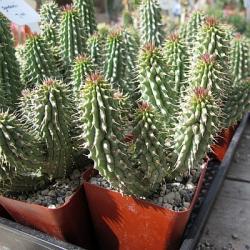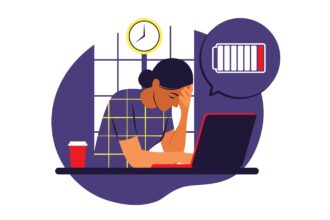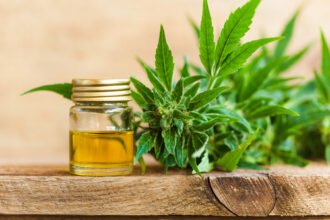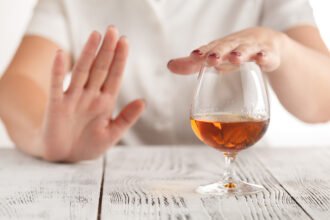

 Hoodia is the common word used to refer to the plant hoodia gordonii and is a common ingredient in diet pills and weight loss treatments. The term ‘hoodia’ normally refers to the genera (hoodia) of plant that this particular species (gordonii) came from, but since this is the only known species popular in the West the term ‘Hoodia’ just sort of stuck. Physically, the plant is actually a small bush that looks like a spikey cactus.
Hoodia is the common word used to refer to the plant hoodia gordonii and is a common ingredient in diet pills and weight loss treatments. The term ‘hoodia’ normally refers to the genera (hoodia) of plant that this particular species (gordonii) came from, but since this is the only known species popular in the West the term ‘Hoodia’ just sort of stuck. Physically, the plant is actually a small bush that looks like a spikey cactus.
The plant is a source of a lot of molecules known as steroidal glycosides. ‘Steroidal’ just refers to the molecular shape, somewhat similar to the ‘steroids’ in our body, estrogen and testosterone, and ‘glycoside’ means that the aforementioned steroid has a bunch of sugars attached to it.
As one could expect from a weight loss product, Hoodia is actually a great herbal source of lies and misinformation, kind of like how it isn’t really a cactus (that is the cactaceae family) but with potentially dangerous implications.
Historical Use of Hoodia
Hoodia has a history of being used by its indigenous population as a famine food. Famine foods, as the name implies, are foods that are consumed during a famine; while this seems like an illogical term for many practical reasons, it just means that it isn’t a common food source. It was good for use during a famine since it helped curb both hunger and thirst so the famine was more tolerable.
Famine foods tend to be investigated for their appetite suppressing effects though, hence why Hoodia is seen as a dietary supplement for weight loss.
In support of the above usage, we have a single study where particular steroidal glycoside (commonly known as P57) injections suppressed appetite; this was later ‘supported’ by human trials showing its usage as an appetite suppressant.
Hoodia’s Value as an Appetite Suppressant Supplement:
None, absolutely none. While I would normally end it there and give the supplement a rating of zero, I feel that a negative rating for Hoodia is required due to its potential toxicity.
The efficacy of hoodia as an appetite suppressant starts from that one rat study using injections (to specify, injections directly into the brain) and the ‘trials’ that were conducted; both ‘supported’ and ‘trials’ are in quotes since they cannot be found online and were conducted by the company that initially brought raw Hoodia Gordonii into the market as a dietary supplement.
Further rat studies demonstrated that hoodia and the active P57, while well absorbed from the intestines, do not reach the brain to suppress appetite. The other 49 or so glycosides in hoodia have not at all been investigated, and their structures are novel enough that we cannot use research on other herbs to guess what might happen.
One independent trial has been conducted (Source). Aside from the highest recommended dose of hoodia (1,110mg of a 70% steroidal glycoside extract) not suppressing appetite, it alters some biomarkers (liver enzymes, bilirubin) suggesting liver toxicity, and quite drastically increased blood pressure in some persons: 10mmHg for both systolic and diastolic.
If we look at animal studies, hoodia gordonii can reliably induce organ damage and may kill some mice and rats. While the dose is higher than the aforementioned human dose, it is less than double the dose, and any time the toxic dose is less than double the effective dose the supplement should be seen as ‘too toxic to put on the market without a damn good reason’.
So in summary, hoodia has no independent support for its appetite suppressing effects, has potential toxicity at the active dose, has no plausible reason why it should reduce appetite following oral intake, and no other known possible usage for this supplement aside from the appetite suppressing effect
Hoodia is perhaps one of the worst supplements out there from in terms of efficacy and safety, with the only perspective liking this supplement being the profit making one.








